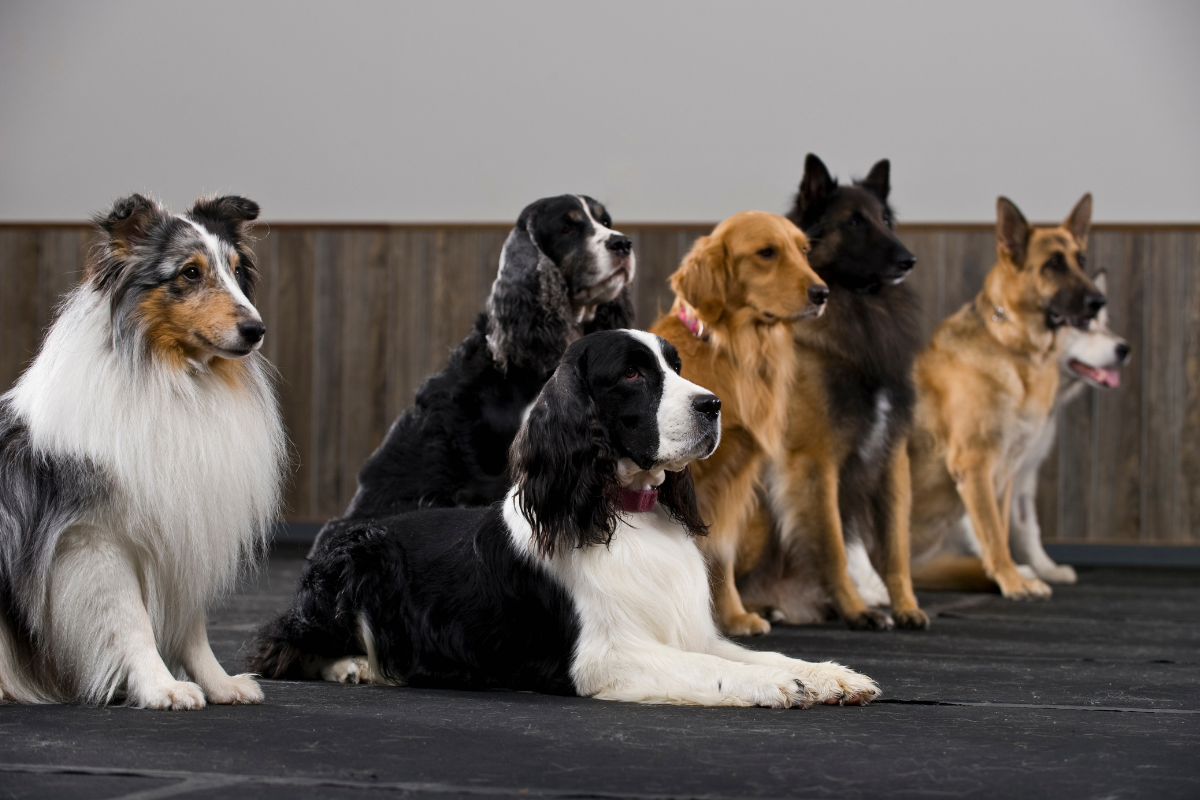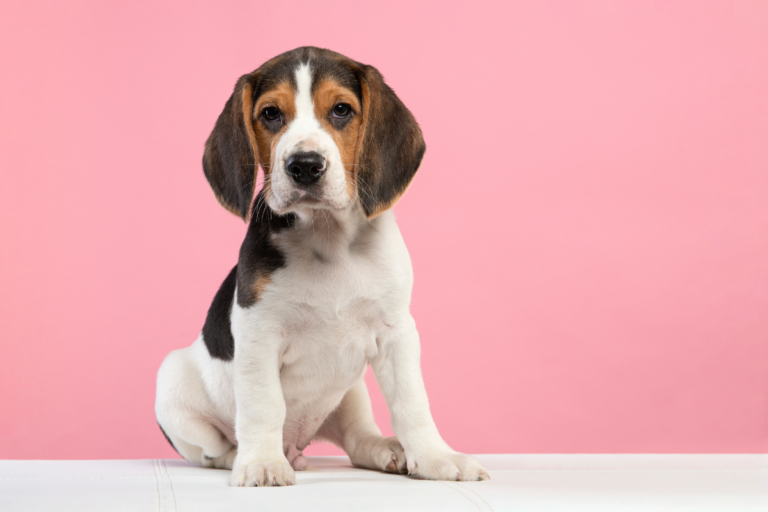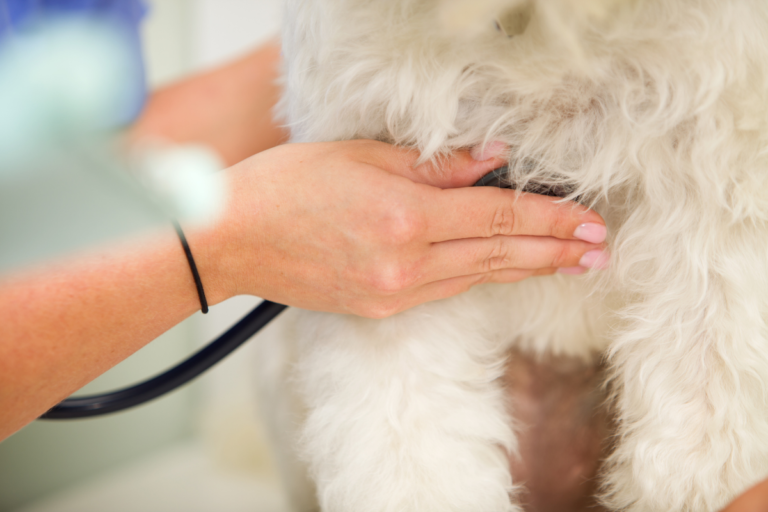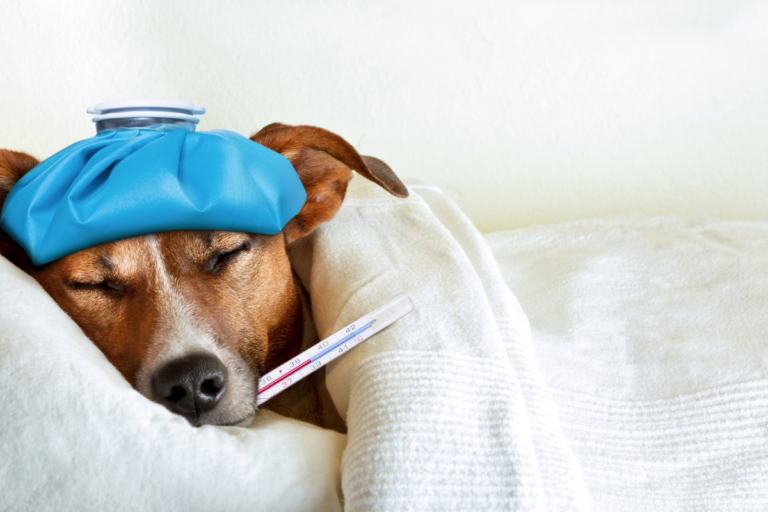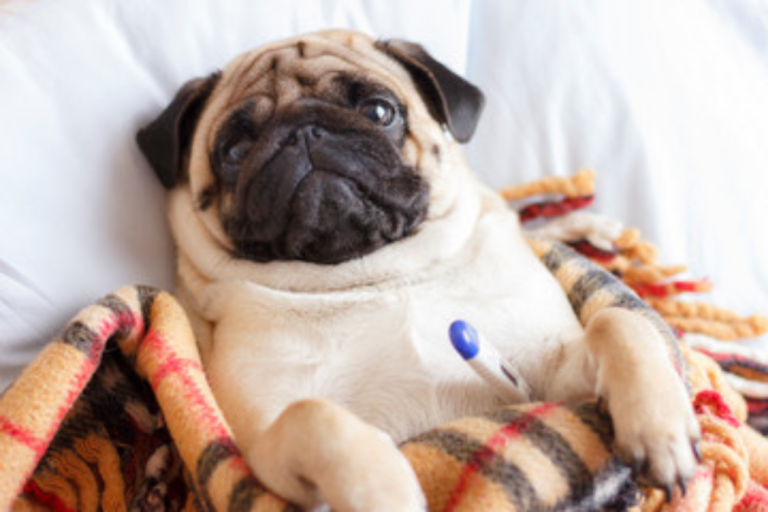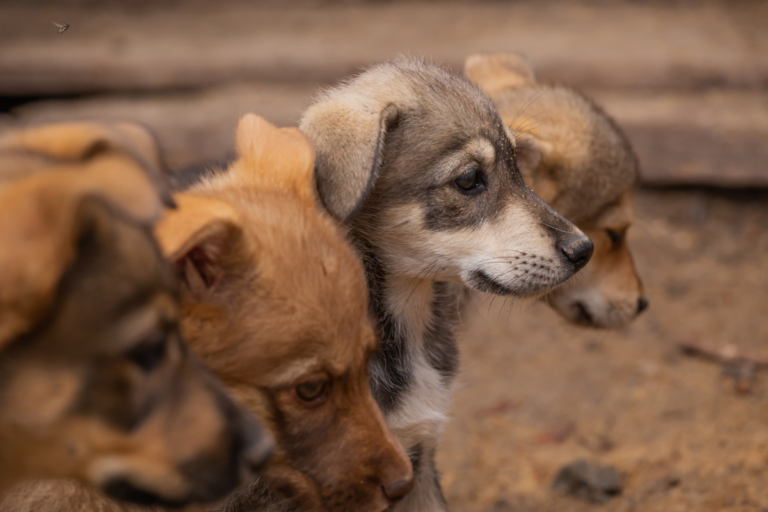Woof-Worthy Wellness: Discover the Healthiest Dog Breeds Today
Discovering Healthy Dog Breeds
Alright folks, let’s unravel the mystery of finding the healthiest doggies around! Picking out the right pooch means you’ve gotta know a bit about what keeps these tails waggin’. The right tips and expert peeks make sure your tail-wagging buddy sticks around for all the fun and love they can handle.
Insights on Canine Health
Keeping a dog healthy is a cocktail of good genes, a little bit of exercise, and loads of cuddles and care. Certain pups are just made more resistant to those pesky hereditary diseases. A glance at the Institute of Canine Biology shows that many of the fittest doggos are medium-sized champs. We’re talking Dachshunds, Chihuahuas, Miniature Pinschers, Pomeranians, and Maltese.
Genetics plays a starring role here. Take the Australian Cattle Dog for instance – they’re sharp as a tack and can go on forever and a day, which keeps them top of the healthy pack (PetMD). And don’t sleep on Poodles – all sizes are smart cookies with fewer health hiccups (PetMD).
| Breed | Known Health Traits |
|---|---|
| Australian Cattle Dog | Smart as a whip, tough, not much slows them down |
| Chihuahua | Stick-around lifespan, big character in small package, keep ’em moving to skip the chub |
| Poodle | Brainy, loyal, training’s a breeze, rarely slows down with age |
Fit four-legged mates thrive on regular outings, good grub, and those vet visits we all love. Like those spunky Chihuahuas? Sure, they live long and bring joy, but they need their run-around to dodge the weight issue (PetMD).
Steering clear of health woes also means knowing the signs of problems, like dog diabetes symptoms or bloat symptoms dog. Spotting these issues on time keeps your furry friend bouncing and playing.
For more ace tips on keeping pets around longer and happier, pop over to our reads on small breeds and lifespan and health mutts.
Picking that perfect pup and keeping an eye on their needs does wonders for their lifespan and cuddles. Sticking with the pro advice helps us ace the pet parent game and keeps our dogs tailing us in perfect condition.
The Top 10 Healthiest Dog Breeds
When sniffing around for the healthiest dogs, we must recognize that some pups simply come with fewer vet visits built-in. Let’s check out five dogs famous for their robustness and wagging energy.
Dachshunds and Their Resilience
With their iconic long torsos and stubby legs, Dachshunds are a unique package of cuteness and strength. They’re among the heartiest pups out there, even with their peculiar shape.
| Health Stuff | Score (1-10) |
|---|---|
| Lifespan | 9 |
| Major Health Quirks | Back Issues |
| Play Level | Moderate |
| Upkeep | Low |
If you’re curious about their backs, mosey over to our chat on dachshund health problems.
Chihuahuas: Longevity and Exercise Needs
Chihuahuas have a natural knack for long lives. These tiny bundles come with a big attitude and brains to match. Though they can easily get a little chunky, keep ’em prancing, and they’re good (PetMD).
| Health Stuff | Score (1-10) |
|---|---|
| Lifespan | 10 |
| Major Health Quirks | Getting Plump |
| Play Level | High |
| Upkeep | Low |
Dive deeper into their sprightly nature at our spot on chihuahuas.
Pomeranians and Their Health Traits
Small but mighty, Pomeranians are spirited and adaptable little floofs that don’t falter easily health-wise. They light up any room they prance into.
| Health Stuff | Score (1-10) |
|---|---|
| Lifespan | 8 |
| Major Health Quirks | Tooth Troubles |
| Play Level | Moderate |
| Upkeep | Moderate |
For specifics on keeping those tiny teeth tip-top, see pomeranian health problems.
Maltese Dogs: A Look at Their Health
Maltese might seem all fluff and class, but they’re sturdy characters underneath it all. They dodge many of the genetic pitfalls that some other small breeds face.
| Health Stuff | Score (1-10) |
|---|---|
| Lifespan | 9 |
| Major Health Quirks | Nothing Major |
| Play Level | Moderate |
| Upkeep | High |
Check out how to keep ’em gleaming in our dog health guide.
Exploring Miniature Pinschers
Don’t let their “mini” name fool you. Miniature Pinschers (or “Min Pins”) sport a zest for life and have health to back it up. They’re your go-to buddy for lively adventures.
| Health Stuff | Score (1-10) |
|---|---|
| Lifespan | 8 |
| Major Health Quirks | None Major |
| Play Level | High |
| Upkeep | Low |
For more bounce-packed dogs, head over to our healthy hounds section.
These breeds show us what a healthy dog looks like. A caring pet parent will keep their buddy smiling with routine vet check-ups, good ol’ dental care, and plenty of tail-wagging activities. Remember, a happy pooch means regular vet chats and a fit diet, so see our dog diseases and symptoms for more ways to keep your buddy top-notch.
Breeds That Need to Get Moving Every Day
We all want our lovely pooches bouncing with joy and good health. Knowing their exercise needs is key. Some breeds are little motors, buzzing around the house thanks to genes and their old-time jobs as workers. So, let’s chat about exercise for these hunting and herding dynamos.
What Hunting Breeds Need
Hunting dogs are like the Energizer bunnies of the canine world. They need their daily walks and jogs to keep them sane and fit as a fiddle. Bred to be the hunter’s trusty sidekick, these pups have boundless energy to burn.
Hunting Dog Exercise Pep Talk:
| Breed | Daily Workout | Turbo Workout Fun |
|---|---|---|
| Beagle | 1-2 hours | Do it every few days |
| Golden Retriever | 1-2 hours | Do it every few days |
| Labrador Retriever | 1-2 hours | Do it every few days |
Madison Animal Care says if you want a tired but happy dog, give them a long stroll every day, mixed with playtime and training. Toss in some wild fun like play classes or long hikes now and then to keep things exciting.
Got health concerns about these breeds? Check out articles on beagle health problems, labrador health problems, and golden retriever health problems for the lowdown.
And What About Herding Breeds?
Herding dogs are real smarty pants, full of that work hard, play harder ethos. They shine when they’re ‘working’, whether it’s having a run or solving a puzzle.
Herding Dog Exercise Checklist:
| Breed | Daily Workout | Turbo Workout Fun |
|---|---|---|
| Australian Cattle Dog | 1-2 hours | Do it every few days |
| Border Collie | 1-2 hours | Do it every few days |
| Belgian Malinois | 1-2 hours | Do it every few days |
With brains and brawn, the Australian Cattle Dog racks up points as one of the most healthy dog breeds around, says PetMD. The Belgian Malinois is another bundle of energy, having a blast with activities like cycling and hiking from sunrise to sunset.
Besides getting their heart racing, herding breeds love a mind workout too. Training, puzzle games, or agility courses can keep them on their toes. For tips on their well-being, peek at our articles on mental health dog and healthy hounds.
Traits of Healthy Dog Breeds
Alright folks, let’s chat about our canine pals and what makes certain breeds healthy champs. This isn’t just for show; it’s all about making sure our little companions enjoy wagging their tails for as long as possible. Today, we’ll dig into what puts a spring in the step of the Australian Cattle Dog, the Chihuahua, and those fluffy Poodles we all adore.
Intelligence and Health: The Australian Cattle Dog
The Australian Cattle Dog is like the Einstein of pooches. We’re talking smarts, work ethic, and stamina that could make a marathon runner blush. These dogs don’t just sit pretty; they have few health hiccups, landing them among the peppy dog breeds. The secret? Their brainpower doubles as their health elixir – keeping them mentally and physically fit wards off those pesky weight-gain issues.
| Trait | Description |
|---|---|
| Intelligence | Through the Roof |
| Stamina | Off the Charts |
| Health Issues | Hardly Any |
To keep them bouncing and happy, fill their days with adventures! Agility courses or even a game of fetch goes a long way. Curious about more fun activities for your cattle dog? Take a peek at our exercise tips.
Health and Longevity in Chihuahuas
Who says good things don’t come in small packages? Chihuahuas sure pack a punch in the lifespan department, often cruising through their teens with a wag and a woof. These little powerhouses need action-packed days despite their tiny stature. Watch out though, they can become chunky monkeys if not kept in check. Regular playtime and a healthy diet are key players.
| Trait | Description |
|---|---|
| Lifespan | Impressive (12-20 years) |
| Exercise Needs | Don’t Let their Size Fool Ya |
| Health Issues | Easily Porky |
Want tips on keeping your Chihuahua fit and lean? Dive into our article on Chihuahua health tips.
The Resilience of the Poodle Breeds
Poodles, in all their curly glory, are the triple threat of the dog world: brains, loyalty, and a knack for picking up tricks without breaking a sweat. Whether you’ve got a Standard, Mini, or Toy, they only occasionally face a speed bump health-wise. Their sturdy genes and sound constitution get the credit for keeping them bouncing back.
A bit of grooming sprinkles and some TLC avoid dental disasters down the road. More on this in our guide to preventing dog gum disease.
| Trait | Description |
|---|---|
| Intelligence | Smart Cookies |
| Trainability | Off the Maps |
| Health Issues | Just a Few Widely Spaced |
If you’re itching to know more about keeping Poodles and other pooches at their best, check out our guide to healthy dogs.
By tuning into what keeps these breeds ticking, we can cater to their specific needs and ensure they keep our laps warm and our hearts fuller for many years.
Genetic Influence on Dog Health
We all want the best for our pets, and their health is a top priority. Genetics is one key aspect that affects how our dogs grow and behave. Getting a handle on the genetic contributions to health and behavior in dogs can truly make a difference in how we care for our favorite pooches and choose responsibly when it comes to pet ownership.
Impact of Genetics on Dog Behavior
Just like us, dogs have traits and quirks that are passed down through their genes. Things like how they respond to loud noises, whether they’re aggressive or friendly, and even how easy they are to train can be influenced by their genetic make-up. Studies have shown that genetics account for a chunk of these traits, ranging from a teeny bit (0.03) to a fair amount (0.38). But hey, don’t toss out the idea that training and the environment don’t matter – they do!
When it comes to behavior, it’s not just one gene doing all the work. It’s more like a bunch of genes pitching in, each adding a smidgen to things like whether Fido will bolt at the sound of thunder or stay chill. Because of this, we need loads of data to figure out which genes are playing a part in these behaviors.
Heritability of Behavioral Traits in Dogs
| Trait | Heritability Estimate |
|---|---|
| Noise Fear | 0.30 |
| Aggressive Behavior | 0.28 |
| Trainability | 0.38 |
| Gun Shyness in Labrador Retrievers | 0.56 |
As you can tell, genes have their say, but don’t forget – a nurturing environment and some solid training go a long way in keeping Rover calm and coachable, genetic predispositions and all.
Heritability in Canine Health Traits
Our dogs’ health can also take a hit or get a boost from their genetic background. Some breeds come with their own set of genetic baggage, like dachshunds and their back problems – all thanks to how we’ve bred them to look rather than for their well-being.
Examples of Genetic Health Conditions in Dogs
| Breed | Common Genetic Health Conditions |
|---|---|
| Cavalier King Charles Spaniel | Mitral valve disease |
| German Shepherd | Hip dysplasia |
| Pug | Brachycephalic obstructive airway syndrome |
Purebreds, with their limited gene pool, often struggle with hereditary issues. But mixing it up – as with mutts – can introduce more variety and potentially lead to healthier dogs. It’s kinda like how a diverse garden can fend off pests better.
Research into Labrador Retrievers didn’t turn up any major genetic markers for behavior across the board, which just goes to show how complex this whole genetic thing is and why big studies are the way to go.
Knowing how genetics touch on behavior and health guides us in picking the healthiest doggos and using smarter breeding and care methods. When we’ve got the genetic scoop, our dog buddies stand to benefit and thrive. For the lowdown on boosting dog health and beating issues like heart disease, check out our other articles on genetic diversity and canine health and tackling dog heart disease.
Promoting Longevity in Dogs
We all want our dogs to stick around for as long as possible, tails wagging. So, let’s dive into what helps our furry pals live longer, happier lives. We’re taking a closer look at their size and genetics to see how they play a part in keeping our buddies around for more fetch games and snuggles.
Small Breeds and Lifespan
Did you know little pups tend to live longer than their jumbo-sized cousins? Yep, those tiny tail-waggers typically hang on for about 5 to 8 more years (PubMed Central). Check out how the numbers stack up:
| Body Size | Average Lifespan (years) |
|---|---|
| Small Breeds | 14 – 16 |
| Medium Breeds | 10 – 13 |
| Large Breeds | 8 – 10 |
One reason might be they’re less likely to face issues like hip dysplasia, a common woe for bigger dogs. Plus, small dogs are manageable and don’t need a mansion to run around in, making them perfect for apartment living or tight spaces.
But don’t be fooled; small dogs still need some TLC. Keep their teeth clean and hearts healthy with regular vet visits, good food, and enough playtime. It’s the little things that add up!
Genetic Diversity and Canine Health
Here’s a fun fact: dogs with a bit of genetic variety live longer. The more mixed their genes, the longer they’ll likely stick around (PubMed Central).
| Genetic Diversity | Lifespan Increase (months) |
|---|---|
| 0 – 25% | Baseline |
| 26 – 50% | +3 |
| 51 – 75% | +6 |
| 76 – 100% | +9 |
Helps if they’re not purebred, cause there’s a better chance of dodging those inherited problems. Pro breeders go the extra mile to add some genetic flair into their lines, bringing in fresh genes and reducing those pesky hereditary health hiccups.
Mutts, on the other hand, usually have a mix of genes, which means they’re less likely to take on breed-related health issues like bloat or heart problems. More genes in the pool can lead to healthier hounds with fewer trips to the vet.
Whether you’re thinking of getting a new pet or already have one, embracing genetic diversity is key. Going for a mixed breed or a well-bred purebred can ensure a healthier, longer-living furry friend. For more insights on keeping your dog in tip-top shape, swing by our guide on healthy hounds.
By honing in on size and genetics, we can figure out what helps the healthiest dog breeds thrive. Let’s make sure our canine companions stick around, healthy and heartening for years. Good breeding, quality care, and smart choices are the recipe for a long-lasting four-legged friendship.
Understanding Dog Breeding
Evolution and Genetics of Dog Breeds
Dogs have been our buddies through thick and thin for millennia, morphing from their wild ancestors into the lovable goofballs we call family today. They come from the family Canidae, which includes gray wolves and coyotes, with roots tracing back around 40,000 years ago (American Scientist). Lots of the modern-day breeds popped up in Europe in the 1800s, thanks to human influence over the past couple hundred years.
| Aspect | Data |
|---|---|
| Where It All Began | 40,000 years ago |
| Early Modern Breeds | 1800s Europe |
| Breeding Period | Last 200-300 years |
| Genetic Variety (Among Breeds) | 27.5% |
| Genetic Variety (Among Humans) | 5.4% |
Breeding history is a wild ride—it’s all about honing in on particular traits, leading to a wide range of dogs that are special little snowflakes in their own right. Take the Greyhound and Pharaoh Hound, they’re like ancient DNA time capsules. But, a lot of breeds are actually modern-day science projects (American Scientist). Knowing your pup’s genetic scoop is a must when you’re in the dog owner club.
Carving Out New Dog Breed Standards
Setting up a fresh dog breed ain’t a walk in the park. It’s like getting into an exclusive club where organizations like the American Kennel Club (AKC) hold the keys. The AKC is on the books with about 155 breeds and is still taking applications (American Scientist). For your dog gang to get official, their mom and pop plus both sets of grandparents must all be on the same breed list, usually meaning new genes aren’t getting mixed in much.
Limited genetic mix-and-match can mean trouble for purebred dogs, though. They’re more prone to health hiccups than mutts sometimes. Sticking with fixed traits can lead to genetic mess-ups like hip dysplasia, heart issues, and gum disease.
Grasping the genetic ABCs of dog breeds helps us breed responsibly and care for future furballs. With a whopping genetic variation of 27.5% between dog breeds (humans only mix up about 5.4%), the science behind their fluffy coats and wagging tails is fascinating (American Scientist). It’s a mix of genetics and appearance that lays the groundwork for new breeds.
With a keen eye on genetics and smart breeding moves, we aim for healthier and happier dogs. Want to know more about keeping your pup in top shape? Check out our guides on the healthiest dog breeds and how to dodge pesky dog illnesses.
